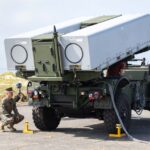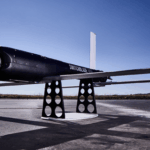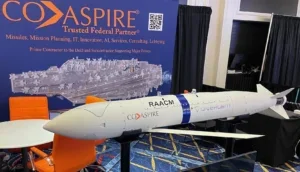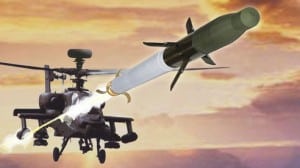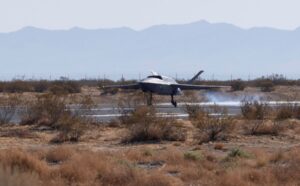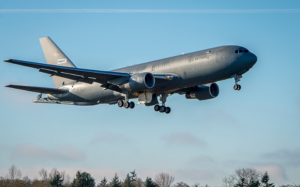
The Air Force and Boeing [BA] have agreed on a set of performance parameters for a new remote vision system for the KC-46 Pegasus refueling aircraft and plan to conduct model tests over the next month ahead of approving the design, the service’s senior acquisition official said Sept. 4. The remote vision system (RVS) is one of three outstanding Category 1 deficiencies on the KC-46 program, although the company began delivering aircraft this past January (Defense Daily, Jan. 25). The…

 By
By 

